Southern Crabapple (Malus Angustifolia) – 1 Gallon Pot
$39.97 Original price was: $39.97.$27.98Current price is: $27.98.
SKU: D2LSC 5387441175 Category: FRUIT TREES & PLANTS
- Sustainable materials, for a better tomorrow.
- Quality that lasts, prices that don't.
- Quality Products, Quality Service
- Have the best deals

Southern Crabapple
Malus angustifolia
NOTE: As with all of our other plants and trees, all of our fruit plants are grown in containers outdoors so they are fully rooted and landscape-ready upon arrival.
Plant Details
USDA Plant Hardiness Zones: 4a-9b Find Your Zone
Plant Type: Deciduous Fruit Tree
Height at Maturity: 15-20′ depending on location
Width at Maturity: 10-15′ depending on location
Spacing: 25′ feet for space between trees
Growth Habit / Form: Open Rounded with Age, Spreading Branches
Growth Rate: Moderate
Flower Color: Soft Pink to Near White
Flower Size: 1″, in clusters
Flowering Period: Spring
Flower Type: Single, in clusters
Fragrant Flowers: Yes
Foliage Color: Medium Green, Yellow to Red in fall
Fragrant Foliage: No
Fruit: Yes
Fruit Color: Red Yellow Green
Sun Needs: Full to Mostly Sun or Part shade
Water Needs: Average, drought tolerant when established
Soil Type: Clay, Loam, Sandy(amended), Silty
Soil Moisture / Drainage: Moist But Well-Drained, drought tolerant when established
Soil pH: 5.0 – 7.5 (Acid to Neutral); prefers slightly acid
Maintenance / Care: Low
Attracts: Butterflies, Beneficial Pollinators, Birds, Mammals
Resistances: Drought (when established), Heat, Cold
Description
A native that will tolerate both the heat in the South and the cold in the North, the Southern Crabapple tree is a very easy-to-grow and low maintenance fruit tree for the edible landscape. In spring, a profusion of showy and sweetly fragrant soft pink 5-petaled flowers nearly cover the canopy. Following the flowers are an equal abundance of 1-inch diameter crabapples that ripen to a bright red. The fruits are edible but sour and are therefore best used for making jellies and jams. Or you can just leave them on the tree for the birds, deer and other mammals to enjoy!
Wildlife Value
Bloom pollen is especially useful for bees as a food source in early spring as this tree blooms early. The small apples in late summer and fall are eaten by multiple birds and small woodland and neighborhood mammals (ex., opossums, squirrels, rabbits) of all kinds, including deer.
Bloom pollen is especially useful for bees as a food source in early spring as this tree blooms early. The small apples in late summer and fall are eaten by multiple birds and small woodland and neighborhood mammals (ex., opossums, squirrels, rabbits) of all kinds, including deer.
NOTE: As with all of our other plants and trees, all of our fruit plants are grown in containers outdoors so they are fully rooted and landscape-ready upon arrival.
Landscape & Garden Uses
Growing 15 to 20 feet tall and 10 to 15 feet wide with a rounded form when young that transitions to an upright rounded shape with age, the Southern Crabapple is ideal for use as a specimen or in grouping in landscape and woodland borders. Also a fine addition to bird and wildlife gardens, native plant gardens, edible landscapes and cottage gardens.
Suggested Spacing: 25 feet for space between trees
Growing Preferences
The Crabapple Tree grows best in most any moist but well-drained soil of average fertility and full to mostly sun. Established trees are very drought tolerant. Light shade is tolerated.
Note: Find helpful advice from our experts under the Planting & Care tab above on desktop screens and below on mobile phones.
Plant Long & Prosper!
Meet The Wilson Brothers & Staff
Questions? Contact Us
Not only was, I glad to have found our true native, southern crabapple, but my experience with this company was terrific, and they shipped me 3 foot tall, 1 gallon plants that were super healthy and well packaged. I will be shopping with them again!————————————————–We are so glad you are pleased and we hope you enjoy it for years to come! Thanks for the kind words and great review! 🙂 Beth Steele | WBG
Be the first to review “Southern Crabapple (Malus Angustifolia) – 1 Gallon Pot” Cancel reply
Related products
Sale!
FRUIT TREES & PLANTS
Sale!
FRUIT TREES & PLANTS
Sale!
FRUIT TREES & PLANTS
American Persimmon Tree (Diospyros Virginiana) – 3 Pack Of 1.5 Quart Pots
Sale!
FRUIT TREES & PLANTS
Sale!
FRUIT TREES & PLANTS
Sale!
FRUIT TREES & PLANTS
Sale!
FRUIT TREES & PLANTS
Sale!
FRUIT TREES & PLANTS

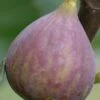
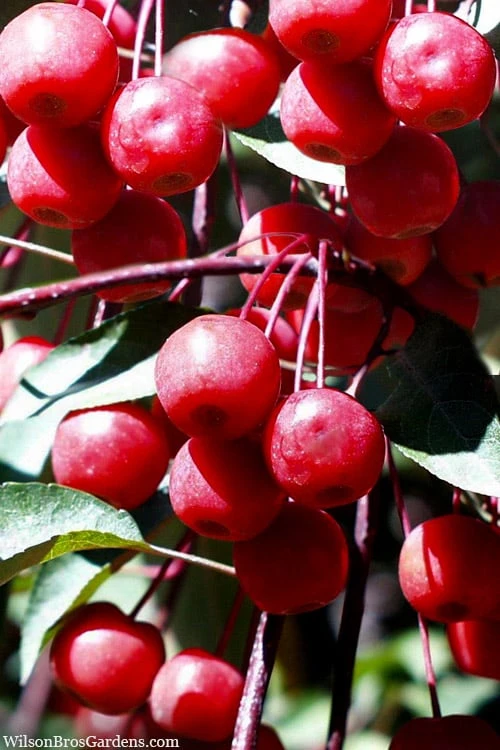
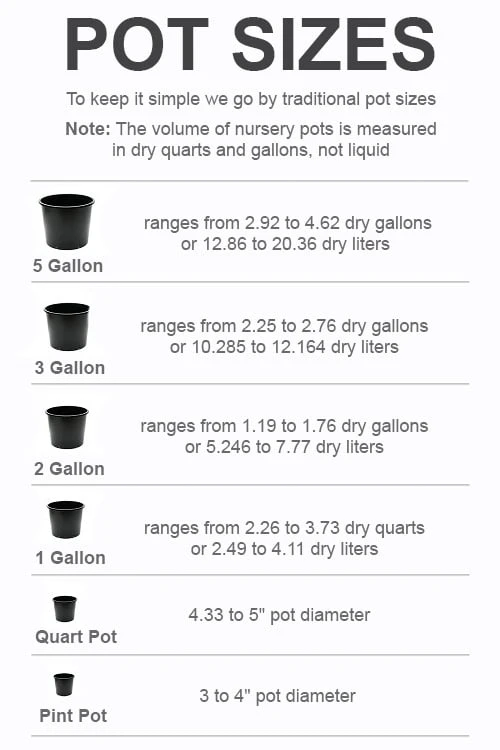
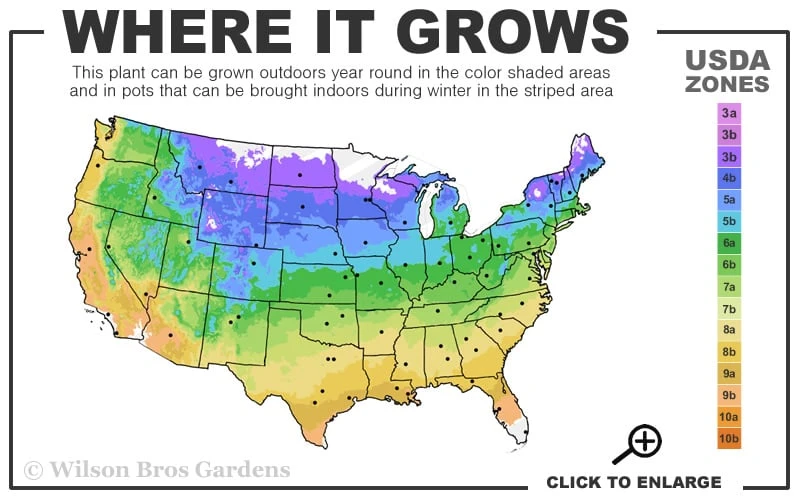
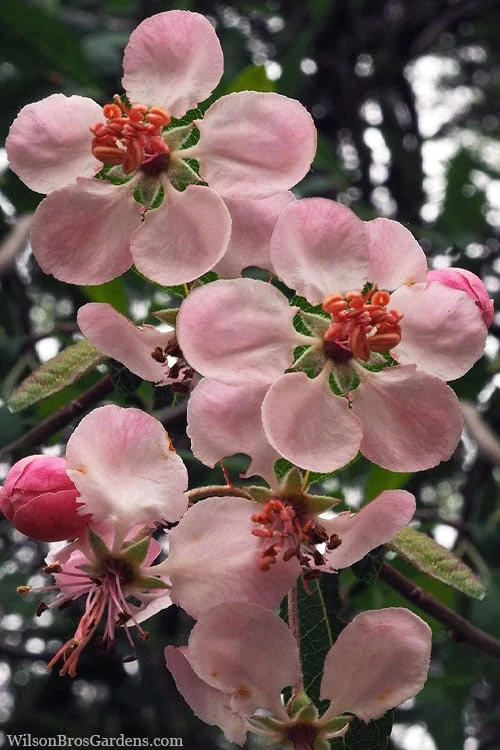

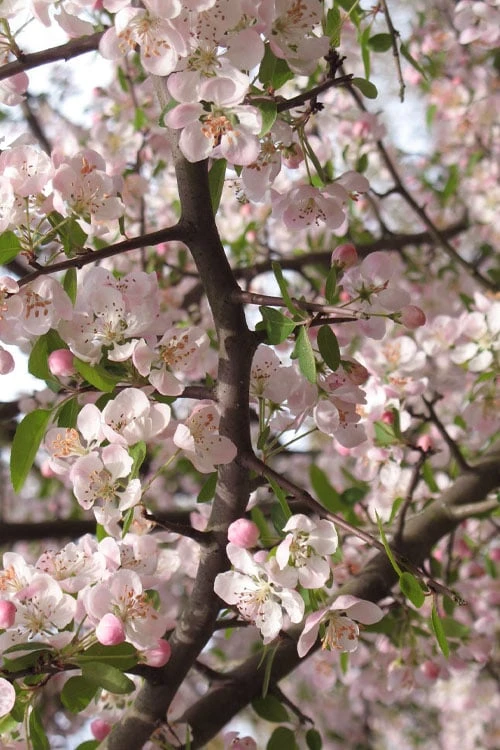

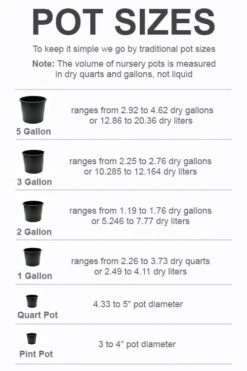

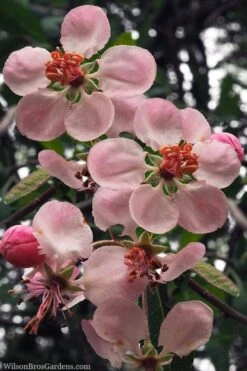
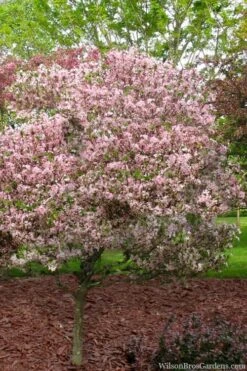
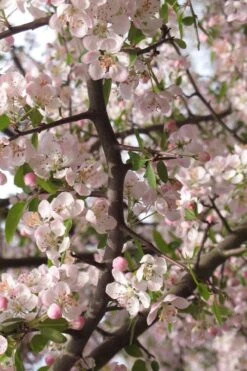


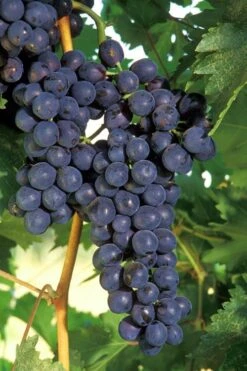
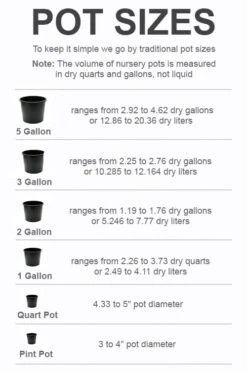
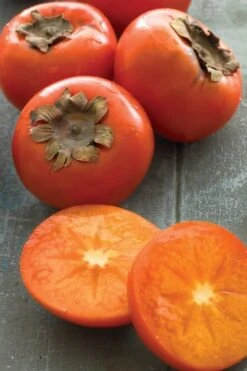
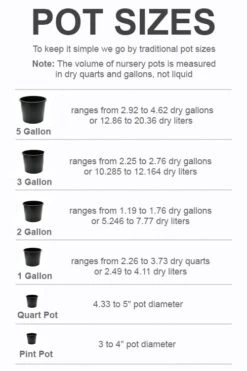

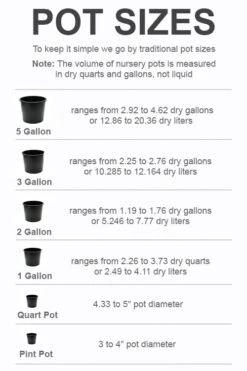
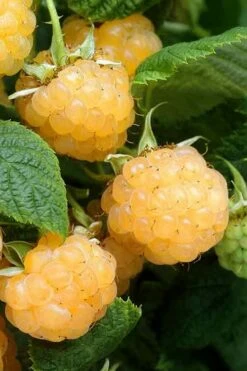
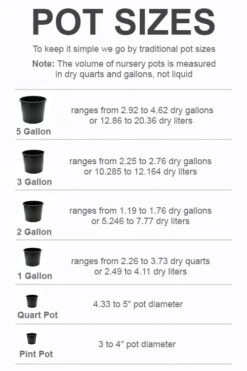

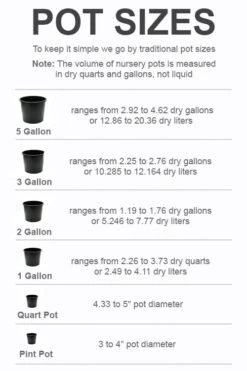

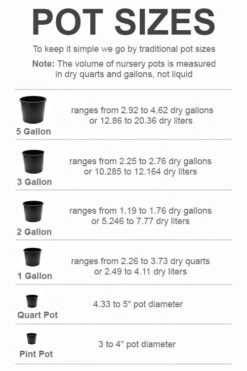
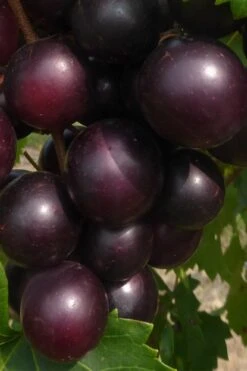
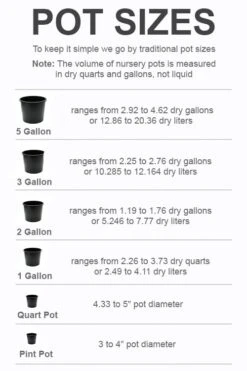
Reviews
There are no reviews yet.